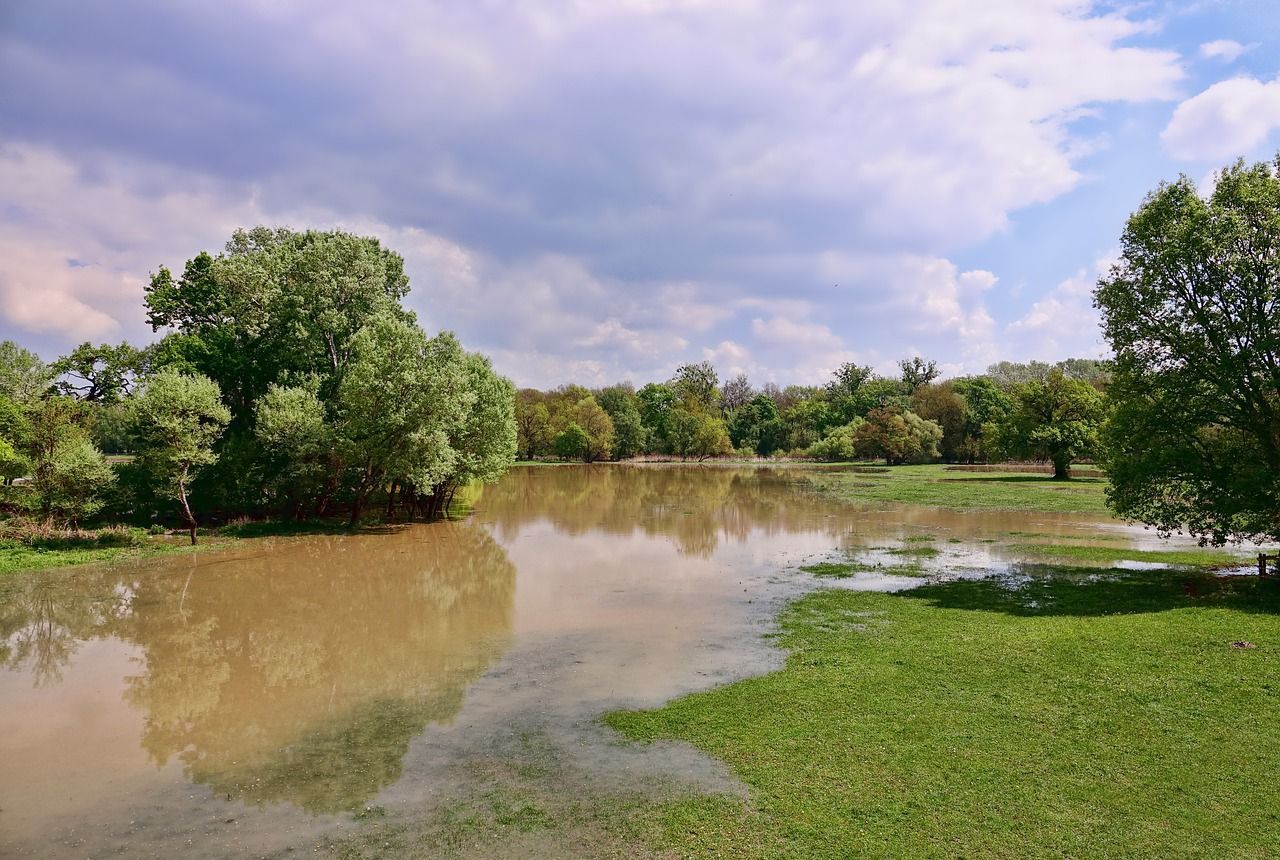
Slide title
Write your caption hereButton
Drainage Solutions
The long-term success of your landscaping and lawn care work depends on efficient drainage of excess moisture. Standing water and overly saturated soil not only harm your plants and grass, but also spell trouble for the crawlspaces and other areas underneath your home. Improper drainage can quickly turn your yard into a swamp with even moderate rainfall.
Insufficient drainage often occurs because of changes that have been made to natural soil composition. When new homes are constructed, topsoil is often removed or damaged, leaving natural subsoil at or much closer to the surface. Construction equipment also compacts natural soil, reducing natural aeration and drainage capacity. When new buildings are constructed, lots are often improperly contoured. This causes ponding of rainwater and runoff in low areas and around foundations. Excess water causes grass, trees, and other plants to become diseased and discolored. Unwanted grubs and worms also seek moisture and cause trouble for plant growth. Damage to plants and grass is also caused by fungal growth that comes with standing or undrained water.
Water that runs under your home or is not efficiently drained can cause structural decay and damage and provides a habitat for unwanted insect and animal pests. Rodents, snakes, mosquitoes, and destructive termites are attracted to ready sources of water, damp soil, and moist or rotting wood. Mold growth is also common under and inside homes that do not have proper surface and subsurface outside drainage.
Your property’s layout and soil composition largely determine which type of drainage system is best for you. Systems are commonly made up of surface, subsurface, and slope drainage components. A professional drainage system keeps the water flowing away from your property and towards proper stormwater disposal systems.
- Surface drainage is usually handled with shallow ditches constructed along natural contours that allow water to flow along the surface and from just below the surface level in higher areas. Gentle sloping is often sufficient to promote proper surface flow away.
- Subsurface systems are usually made up of French Drains constructed around a home’s foundation and are designed to properly dispose of runoff water that flows against the foundation and off of roofs through gutters and downspouts. Trenches are dug out according to a system’s design, and they are normally outfitted with perforated PVC pipe that is angled to allow for a gravity flow drainage. The trenches are backfilled with either topsoil, crushed stone, gravel, or some mixture. The entry points are grated, and the drains empty into larger stormwater runoff systems.
- For property with sufficient and proper sloping around the areas moving away from a home and towards stormwater disposals, natural grading can be used with pipes when surface ditching is inappropriate or undesired.
Love For Lawns Landscaping in Leander serves the Austin metropolitan area as the leading expert for your landscaping and hardscaping projects. We provide our services with total customer satisfaction as our leading mission. We have the experience and knowledge needed to design a custom and individualized drainage system specifically tailored to your property’s unique needs. Contact us for a free estimate for exceptional drainage and the entirety of your outdoor care and maintenance needs.
All Rights Reserved | Love For Lawns

